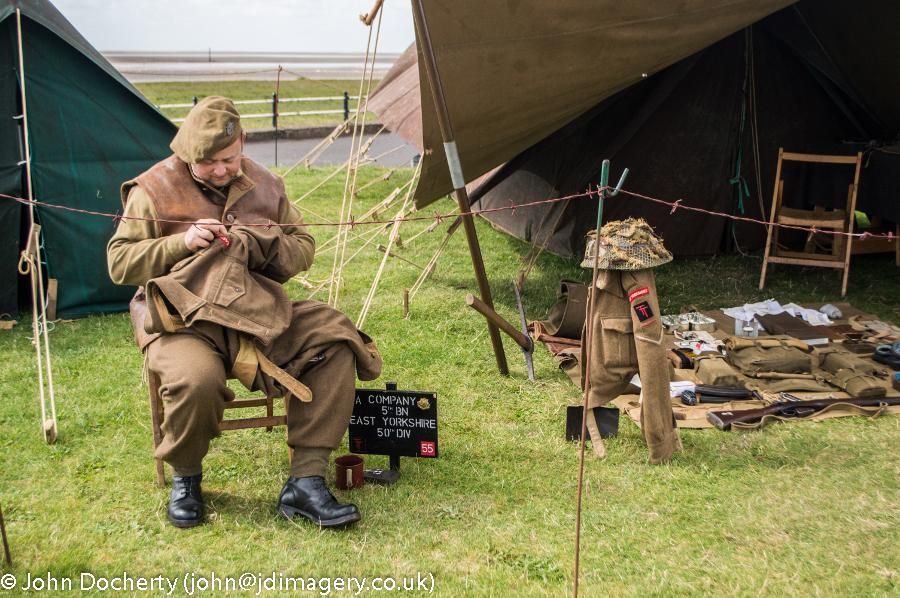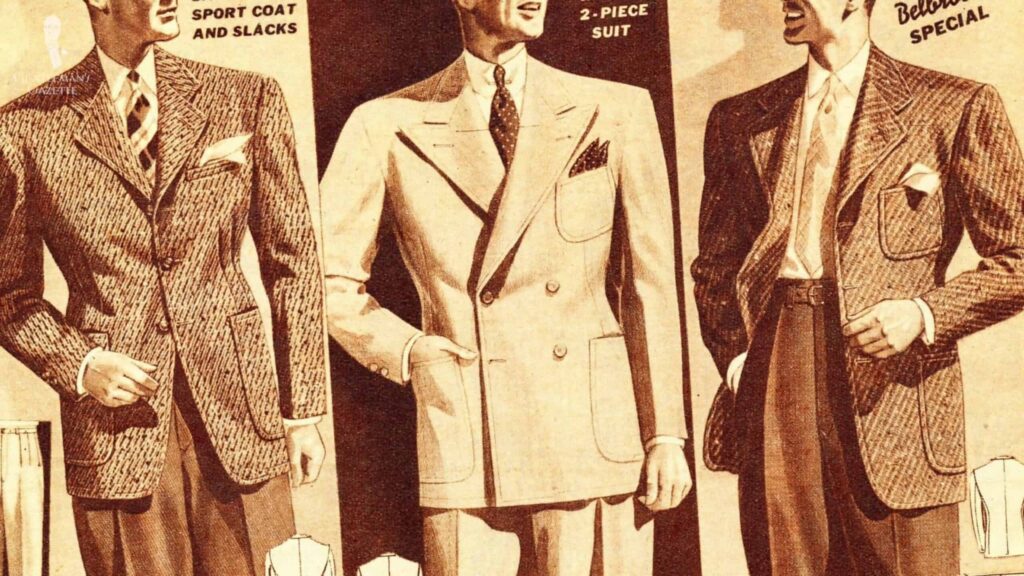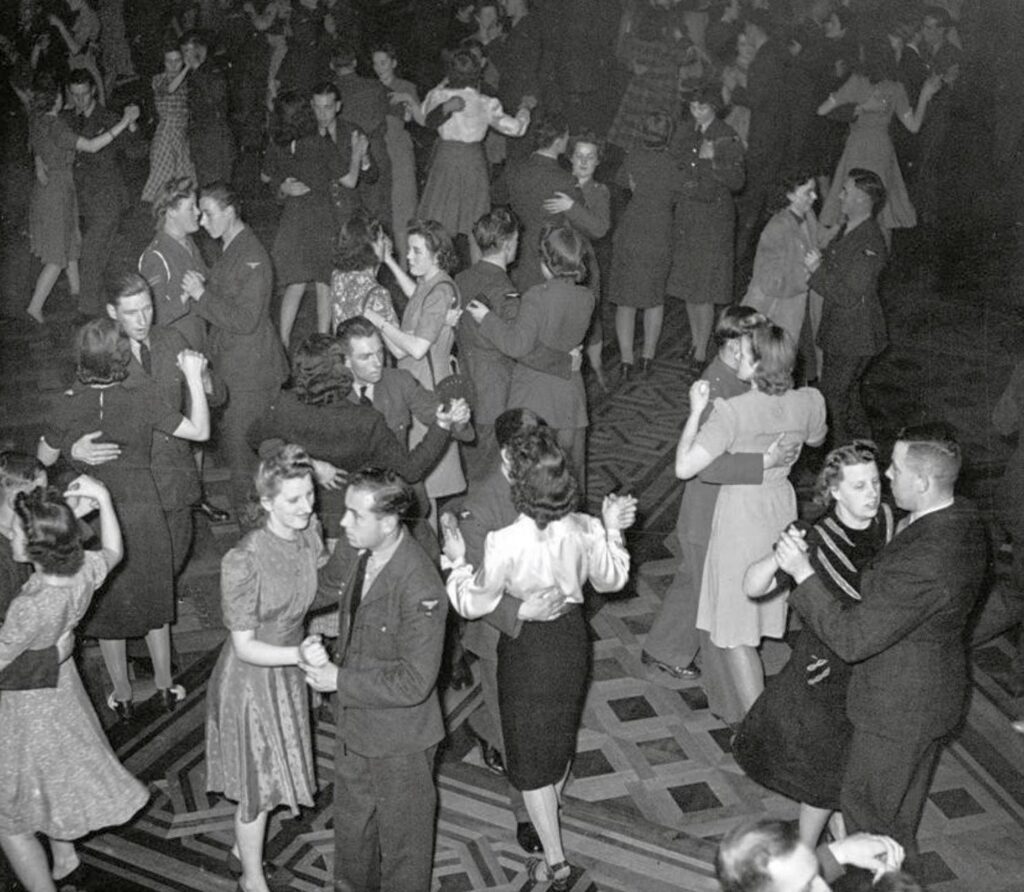
Why We’re All a Bit Obsessed with 1940s/Wartime Weekends (and Why It’s Probably Not Just About the clothes)
There’s something magical about stepping into a field, hearing Glenn Miller in the background, smelling fresh tea and home-baked scones, and seeing people swanning about in sharp suits, perfectly curled hair, and red lipstick so bold it could signal ships from miles away. You’re not just at a weekend event — you’ve time-travelled. Well, kind of. Nobody’s asking you to dig an air raid shelter, and the worst crisis you’ll face is your victory rolls collapsing in the wind.
But this isn’t just about a fondness for old clothes and catchy tunes. The love for these 1940s weekends comes from a rich mix of nostalgia, community spirit, historical fascination, and the irresistible allure of fashion from a time when “casual wear” still meant polished shoes. It’s also, if we’re honest, an excuse to swan about feeling fabulous without anyone asking if you’ve “just come from a wedding.”
Let’s break down exactly why people flock to these events — and why the appeal goes far beyond the vintage stalls.
1. Nostalgia and the “Simpler” Time Myth
People often talk about the 1940s as if it were a golden age, a simpler, nobler time when everyone pulled together. And sure, that’s true… as long as you ignore the bombs, rationing, and the fact that half the country was running on powdered egg. Nostalgia is a trickster. Psychologists even have a term for it: “rosy retrospection” — the habit of editing out the bad bits of the past and focusing only on the warm, fuzzy highlights.
When people talk about “the Blitz spirit,” they’re not thinking about shivering in a cold shelter or queueing for hours for a tin of spam. They’re picturing neighbours sharing tea, dances in village halls, and the idea that everyone was in it together. And there’s something deeply comforting about imagining that kind of unity in our current age of online squabbles and supermarket self-checkout machines that “unexpectedly” fail every single time.
The wartime Make Do and Mend mentality also has its charms. In the 1940s, if your dress ripped, you didn’t bin it — you patched it, altered it, or turned it into a skirt. If you needed curtains, you sewed them yourself. If you had curtains, you might very well turn them into a dress. (Looking at you, The Sound of Music — though that was Austria, not Aldershot.) These days, we call that “upcycling” and charge £80 for it on Etsy. But back then, it wasn’t a quirky hobby. It was survival, paired with ingenuity and creativity.
Of course, there’s also a psychological benefit to this kind of nostalgia. Research shows that thinking fondly about the past can boost mood, increase self-esteem, and even make us feel more socially connected. So when we pull on our best 1940s suit or floral tea dress, we’re not just playing dress-up — we’re giving ourselves a little hit of emotional well-being. Like retail therapy, but with more tweed.
2. The Irresistible Allure of 1940s Style
Let’s be honest: the clothes are half the reason people go to these events. The 1940s had this uncanny ability to make even “everyday wear” look elegant. Tailored suits. Knee-length skirts. Hats with personality. Hair so perfectly set it could withstand a mild hurricane. Even during wartime austerity, when fabric was rationed and stockings were scarce, people found ways to look polished.
Women’s fashion embraced strong shoulders, fitted waists, and skirts that moved but didn’t waste material. Accessories were everything — hats, gloves, handbags, and shoes all carefully chosen. If you couldn’t get silk stockings, you drew a “seam” up the back of your legs with eyeliner. That’s commitment.
Men weren’t slouching about either. The 1940s suit — single-breasted, neatly pressed, with wide lapels and a decent hat — was a thing of beauty. Men carried themselves differently back then. No one was wandering around in Crocs and cargo shorts “just to the shops.”

Thanks to the https://www.gentlemansgazette.com/
The concept of “Beauty Was a Duty” is one of the more charming — and slightly eyebrow-raising — slogans of the time. The idea was that keeping up appearances wasn’t just vanity, it was a patriotic act. Lipstick was encouraged. Hair was styled. Even the Land Girls, knee-deep in mud on the farm, were urged to keep a bit of glamour about them. Imagine being told in 2025 that your eyeliner was your contribution to national morale. (On second thought, that might go down surprisingly well on Instagram.)
And of course, the soundtrack to all this was the Big Band era. Glenn Miller, Benny Goodman, Duke Ellington — music designed to get people dancing. Dances like the Lindy Hop and Jitterbug were athletic, joyful, and, crucially, did not involve anyone twerking. The music itself is part of the escapism — one trumpet flourish and you’re halfway to 1943.

3. History Comes Alive (Without the Actual Hardship)
It’s easy to assume these events are just about looking good, but for many people, they’re about connecting with history in a way that’s vivid and tangible. Museums are wonderful, but they don’t let you wander around in costume with a ration book in your pocket, chatting to someone dressed as a wartime nurse while a Spitfire does a flyover.
Reenactments and “living history” displays are a big part of the appeal. They let you see, hear, and sometimes even smell what life might have been like. Want to know how a wartime kitchen ran? There’s probably a tent for that, complete with a very enthusiastic person showing you how to make Woolton Pie (spoiler: it’s mostly vegetables and resignation).
When you dress in period clothing, you’re not just wearing fabric — you’re wearing a story. It’s a kind of empathy in action. You imagine how people moved, worked, and interacted. You notice the practical details — the sturdy shoes, the layered undergarments, the hairpins that will leave dents in your scalp.
And while the atmosphere is often fun and lighthearted, there’s usually an undercurrent of respect. Many events have moments of commemoration — a pause for reflection, a parade of veterans, or a reading of names. It’s a reminder that the era being celebrated was also a time of enormous sacrifice. The glamour and fun sit alongside genuine remembrance, and that balance gives the weekends real depth.
4. A Sense of Community and Belonging
One of the most addictive parts of wartime weekends isn’t the clothes, the music, or even the history — it’s the people. These events are a magnet for folks who share a love of vintage style, historical detail, and slightly obsessive conversations about the correct shade of 1940s red lipstick.
There’s a sense of instant camaraderie. You can start a conversation with a complete stranger simply by complimenting their hat, and ten minutes later you’ve exchanged stories, Instagram handles, and tips on where to find authentic buttons. It’s a world where making friends over a shared fondness for Bakelite radios is entirely normal.
For some, these weekends are a way to step outside their everyday lives and into a role. You might be an accountant Monday to Friday, but on Saturday you’re a dashing RAF officer, and on Sunday you’re a swing-dancing socialite. The events offer a safe, welcoming space for a bit of playful reinvention — and let’s be honest, who doesn’t occasionally want to reinvent themselves with better hair?
And it’s not just about dressing up. There’s food (usually involving cake, always involving tea), markets selling everything from reproduction dresses to original wartime brooches, and live bands that keep the dance floors packed. Even if you arrive alone, you’re unlikely to leave without at least a few new acquaintances — and possibly a vintage handbag you didn’t know you needed.
5. The Joy of Escapism
Overwhelming, with news cycles that refresh every two minutes and emails that never stop. Stepping into a 1940s weekend is like pressing pause on all of that. The modern world fades, replaced by a carefully crafted version of the past — one with all the charm and none of the cold baths.
It’s not about pretending the 1940s were perfect. It’s about immersing yourself in the best parts: the style, the music, the community spirit. It’s about leaving your phone in your pocket and dancing to a live band under the open sky. It’s about talking to people face-to-face, not through a screen.
And perhaps most importantly, it’s about joy. Pure, uncomplicated joy. Whether you’re spinning on the dance floor, swapping sewing tips, or just sipping tea in the sunshine watching the world go by in glorious technicolour vintage style, these weekends are a celebration of the things that connect us — beauty, creativity, and shared experience.
Thanks to https://www.flickr.com/photos/mliebenberg/albums
In the end, the magic of 1940s/wartime weekends isn’t just the clothes or the music or even the history. It’s the way they make you feel part of something bigger — a story that stretches back decades, told with laughter, lipstick, and the occasional victory roll. And honestly? We could all do with a bit more of that.
